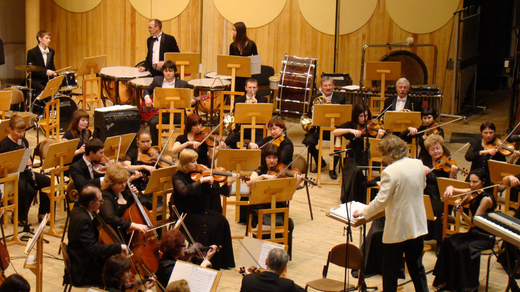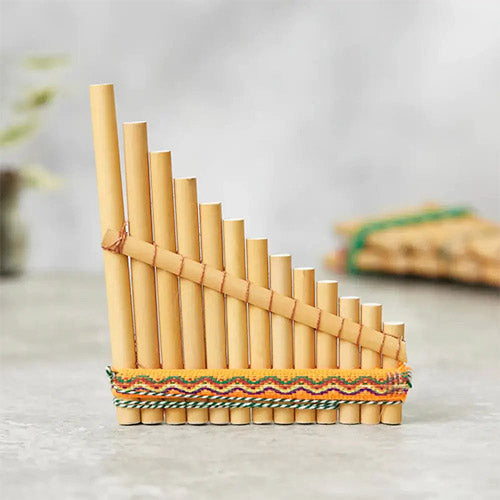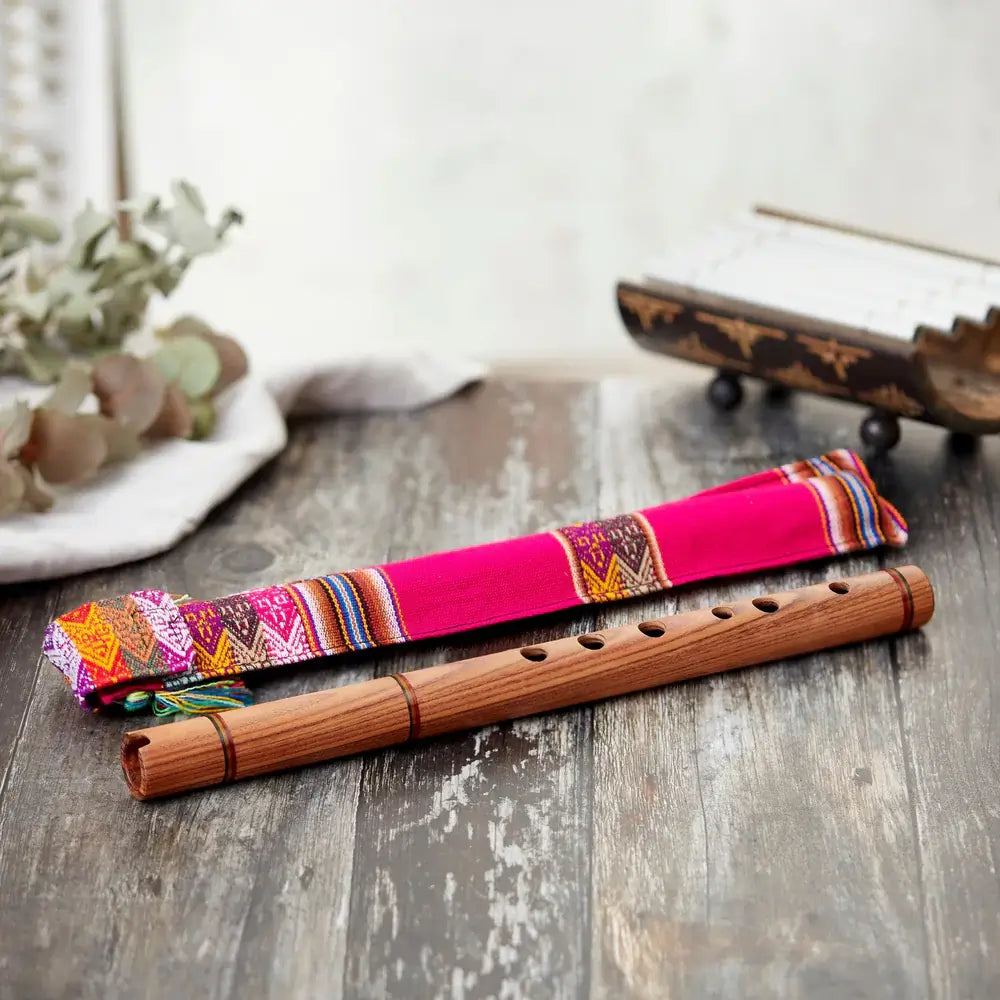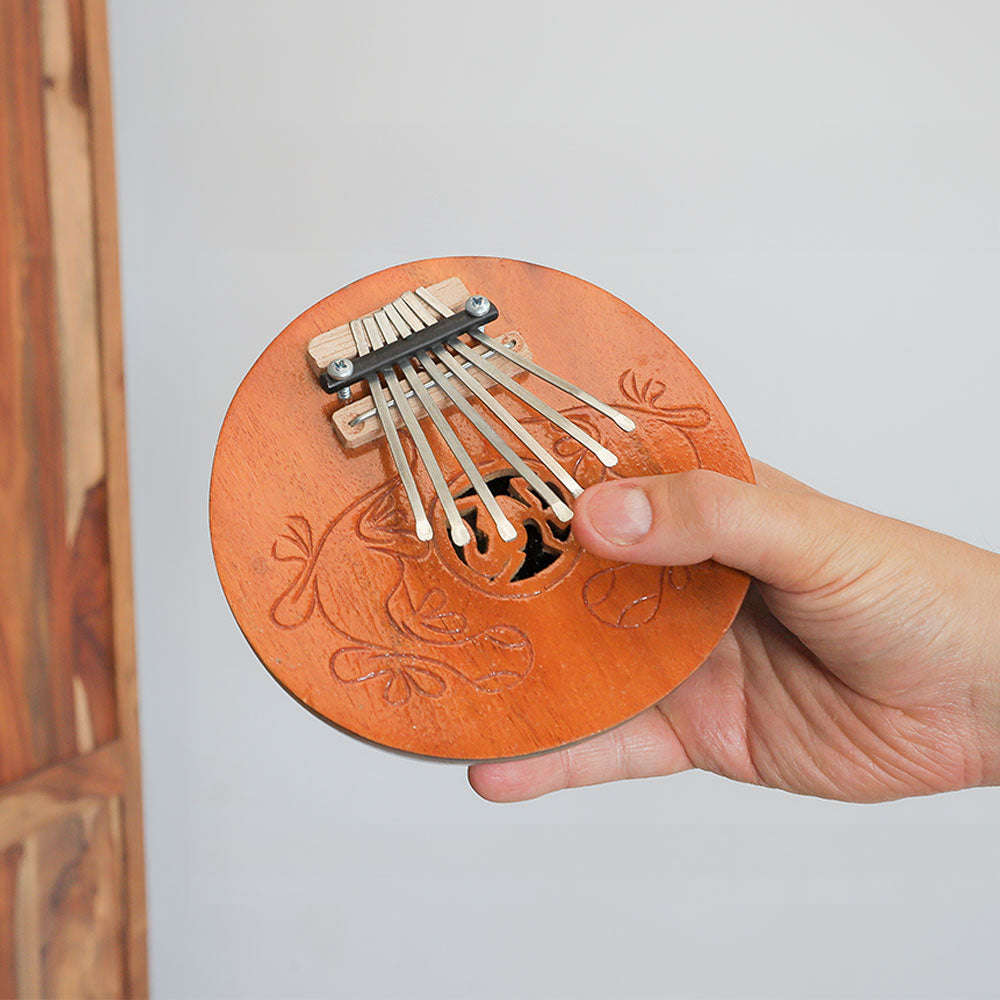Many instruments are played within Orchestras. Together, they create a wonderful symphony and a warming sound. The orchestra comprises a range of instrument classes, including string, brass, woodwinds, and percussion. We will examine the history and other aspects of these instruments.
The role of orchestral instruments in music

When a range of instruments are played together in an orchestral environment, they create a sound that is unique and provokes emotion in the listener. The different instruments provide a particular sound. For example, instruments like string and woodwind will add depth to the music, whereas brass instruments will bring power and energy. Combined together, they create a great sound.
When different types of instruments, such as woodwinds, brass, strings, and percussion, are put together, they create a beautiful sound. They are able to convey a range of effects and emotions that help connect with the audience and draw their attention to the music.
Woodwind instruments in the orchestra

These instruments produce a range of tones that have been key within orchestras for centuries. The woodwind family offer delicate tones along with lyrical sounds. These instruments are crafted with excellent skill, making them highly intriguing.
The Flute
The flute is one of the oldest woodwinds, producing sound by directing air across holes that vibrate the air column inside. Known for its clear, ethereal tone, it excels at melodic lines and intricate ornamentation. The flute features prominently in famous works like Debussy’s Prélude à l'après-midi d'un faune and Mozart’s Flute Concerto in D major.
The Clarinet
The clarinet is a single-reed instrument known for its rich, airy tone and wide emotional range. It produces sound by vibrating a reed against the mouthpiece and is used globally in orchestras and solo performances. With its expressive, light tones, the clarinet often carries melodic lines and has been a staple in classical music for centuries.
The Oboe
This instrument sets the pitch for the orchestra and creates a great harmony. The oboe is a double-reed instrument, and the sound is produced by vibrating the two reeds together. The oboe is featured in pieces such as Vaughan Williams's Oboe Concertos.
The oboe is known for its unique sound, which is created by vibrating two reeds together. It works well within an orchestra setting as it is quite expressive and helps to form the melody and harmony. The tone of the oboe is strong and powerful, and is generally considered a key part of the orchestra.
The Bassoon
The bassoon, the lowest-pitched woodwind, provides a rich, resonant foundation in orchestras and has played a key role since the 17th century. Using a double-reed system similar to the oboe but with a deeper, mellower tone, it adds warmth and depth through melodic lines and harmonic support. This instrument has an expressive range and features in many masterpieces. It features in many well-known concertos and is a key part of the orchestra.
String instruments in the orchestra

These instruments are classed as the backbone of the orchestra. This is because they produce a strong foundation on which other instruments can build. They play a crucial role in orchestras and have always been integral to their structure. The instruments in this category have a warm sound.
The Violin
The violin is played by using the bow to vibrate the four strings that sit at the top of the instrument. It is classed as the smallest of the string instruments within an orchestra. It produces a high-pitched sound and is a key element for any production due to the unique sound that it has. It is also a very popular instrument that people expect to see within a performance due to its well-known sound. The violin features in solo and combined sections.
The Viola
This instrument adds warmth to the music and has a lower pitch than the violin. It is larger, too, and produces a rich sound. It features harmonic roles and can often be heard bridging the gap between cello and violin sections. Viola's are used for solo performances and add a harmonic sound to productions.
The Cello
The cello is known for its deep sound. It is the second-largest member of the string family. It produces sound through the vibration of four thick strings, played with a bow or plucked. This instrument is often used to convey emotions to the audience. It also features in a solo capacity as it has a beautiful sound.
The Double Bass
There are four strings on the double bass which produce a low pitch when they are vibrated by the musician. The strings are thick, which gives it its unique tone, and it works well within harmony sections of the music. It is part of the string family, and it plays an important part in creating the rhythm in the music. The Double Bass are often supporting roles, but can also occasionally provide melodic lines. Some notable mentions of double bass solos and concertos are Bottesini's Double Bass Concerto No. 2, and Koussevitzky's Double Bass Concerto.
Brass instruments in the orchestra

This group of instruments have a powerful sound that inspires and creates an exciting element to the overall music. They are known for producing strong, powerful sounds. They add to the ambience of the music and give a specific energy. They are used to create dramatic feelings within performances and have played a key part over the years. These instruments have provided key sounds within orchestras throughout the years. Their powerful sounds create a wonderful ambience in the music.
The Trumpet
This wonderful instrument has a strong, penetrating tone. The sound is made when the player vibrates their lips against the mouthpiece. This then sends air into the columns and ignites this instrument to make the rich tone. This instrument features heroic themes and others that require a rich sound. There are renowned trumpet players who have delivered exceptional solo performances within an orchestra setting.
The French Horn
The French horn is a distinctive brass instrument characterised by its warm and mellow tone. It is often used to create a sense of nobility and grandeur. When the player vibrates their lips against the mouthpiece, the air is pushed through the columns, allowing this wonderful instrument to produce a powerful sound. This instrument can blend in well with others, adding harmonic texture to the music. French horn solos have been present in a range of concerts.
The Trombone
Known for its resonant tone and smooth transition between pitches, the Trombone is a versatile brass instrument. This instrument also produces a sound when the player vibrates their lips on the mouthpiece. The telescoping slide mechanism controls the pitch for this instrument. It provides harmonic support and is used for melodic lines. The trombone adds depth to the music and is crucial to the orchestra's structure. There are many famous trombone solos, and they have evoked feelings within the listeners.
The Tuba
The tuba is the lowest-pitched brass instrument, providing a strong, resonant foundation in the orchestra by producing sound through lip vibration against the mouthpiece. The tuba adds extra depth and texture to the music and helps to connect with the audience on an emotional level. It can be played in a solo capacity, and it adds great rhythm when combined with the other instruments.
Percussion instruments in the orchestra

This set of instruments provides the rhythm to the music and also adds depth and texture. The instruments that you will find in this section are snare drums, cymbals, and timpanis. Each of these instruments produces a strong and powerful sound, which is needed to create orchestral music. To build excitement in the music, the cymbal will often be used, although if a bright sound is needed, a glockenspiel is generally used. All of these instruments bring an emotional element to the music and are a key part of the orchestra.
Famous orchestral instrument solos and concertos

Composers have been showing the world the beauty of orchestras and have made them gain worldwide popularity. They have showcased solo and combination productions, and they create wonderful masterpieces.
Violin Concertos:
Beethoven's Violin Concerto in D major
Tchaikovsky's Violin Concerto in D major
Brahms's Violin Concerto in D major
Cello Concertos:
Dvorák's Cello Concerto in B minor
Elgar's Cello Concerto in E minor
Shostakovich's Cello Concerto No. 1
Piano Concertos:
Beethoven's Piano Concerto No. 5 ("Emperor")
Tchaikovsky's Piano Concerto No. 1
Rachmaninoff's Piano Concerto No. 2
Clarinet Concertos:
Mozart's Clarinet Concerto in A major
Weber's Clarinet Concerto No. 1
Copland's Clarinet Concerto
Flute Concertos:
Mozart's Flute Concerto Number. 1 in G major
Reinecke's Flute Concerto in D major
Ibert's Flute Concerto
Trumpet Concertos:
Haydn's Trumpet Concerto in E-flat major
Hummel's Trumpet Concerto in E-flat major
Arutiunian's Trumpet Concerto
Tips for beginners learning orchestral instruments
If you are a beginner, it's a good idea to select an instrument that you feel comfortable with and are able to play at ease. This will help you as you begin your musical journey. You will feel a great sense of achievement when you have developed the skills needed to play in an orchestra. It's a good idea to work with a professional who will be able to guide you and provide advice.
The best way to build your skillset is by practising on a regular basis. It's a good idea to do daily practice, which doesn't need to be long, but doing this will keep your mind focused, and each step will be easier to achieve. You could try a range of exercises, such as breathing and posture control. If you find it hard to stay motivated, you can set some goals which are achievable, and then you can celebrate once you have reached each goal. The main thing you should remember is to have fun, as this will make it a much easier and rewarding process.
Frequently Asked Questions
What is the difference between a symphony orchestra and a philharmonic orchestra?
While both terms refer to a large group of musicians performing orchestral works, "symphony orchestra" is more general in its application. In contrast, "philharmonic orchestra" typically refers to a specific organisation, often associated with a particular city or region.
How many musicians generally are in a professional orchestra?
The size of a professional orchestra can vary, but most full-size orchestras have between 80 and 100 musicians. The number can fluctuate depending on the specific piece performed and the instrumentation required for it.
What is the role of the conductor in an orchestra?
The conductor is the leader and coordinator of the orchestra. They interpret the musical score, set the tempo, and guide the music through gestures and baton movements, ensuring that all musicians play together with precision and expression.
How long does it take to become proficient on an orchestral instrument?
Factors like the amount of time you spend practising will have an impact on how long it would take. You should spend time learning the basics and then build upon them. It can take a while to develop your skillset, although once you have, there will be no stopping you.
Can I learn to play an orchestral instrument as an adult?
Absolutely! While it's often easier to start learning an instrument at a young age, it's never too late to begin your musical journey. Many adults have successfully learned to play orchestral instruments and found great joy and fulfilment.
What are the career opportunities for orchestral musicians?
There are several career paths to explore. You can perform in a professional orchestra and also teach at schools. You could also work with live recording performances, which can be a fun experience. It offers the option to freelance and collaborate with a diverse range of musicians.







